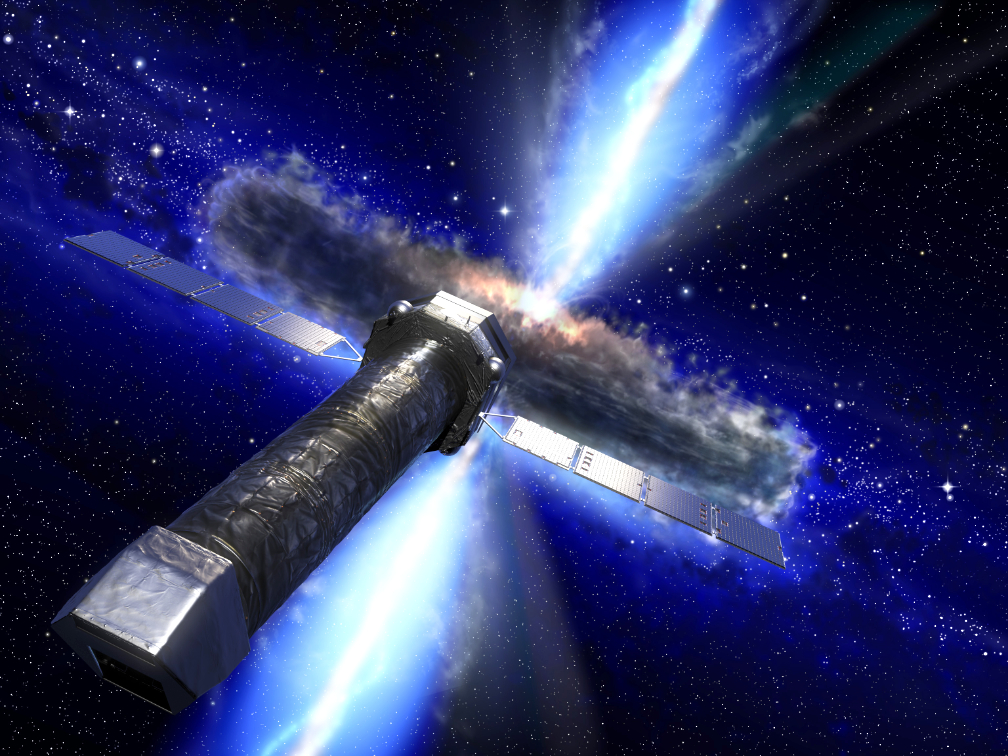
Thales Alenia Space has signed a contract with ESA worth 2.8 million euros for the study, design, manufacture and test of the ATHENA Mirror Assembly Module Demonstrator.

ATHENA (Advanced Telescope for High ENergy Astrophysics) is the 2nd ‘Large’ mission in the ESA Science Cosmic Vision program, focusing on the Hot and Energetic processes in the Universe by mapping hot gas structures and determining their physical properties as well as searching for supermassive black holes. The purpose of this mission is to try to understand how does ordinary matter assemble into the large-scale structures we see today and how do black holes grow and shape the Universe.

To address the first question, it will be necessary to map hot gas structures in the Universe – specifically the gas in clusters and groups of galaxies, and the intergalactic medium – determine their physical properties and track their evolution through cosmic time.
To answer the second question, supermassive black holes (SMBH) must be revealed, even in obscured environments, out into the early Universe, and both the inflows and outflows of matter and energy as the black holes grow must be understood.
Planned to be launched in 2031, Athena will probe 10 to 100 times deeper into the cosmos than previous X-ray missions, to observe the very hottest, high-energy celestial objects. To achieve this challenge, the mission requires entirely new X-ray optics technology. In this frame, the ATHENA Mirror will be the largest X-ray optics ever built: the achievement of the very demanding scientific goals requires in fact quite a large effective area in the bandwidth range. Therefore the telescope optics must be able to collect and focus the X-rays through a wide circular structure of about 2.5 m diameter.
The Mirror Structure will bear about 600 accurately co-aligned Mirror Modules based on the innovative Silicon Pore Optics technology. It must be stiff and extremely stable to meet the scientific optical performances. The Mirror Assembly Module is then pointed to the two different instruments by means of a complex and very accurate steering system.
Thales Alenia Space is the prime contractor of the activity that will focus in the next 20 months on the design, development and testing of a full scale Mirror Assembly Module demonstrator and will allow the verification of critical functions prior to mission adoption. The activity is in particular aimed at
Demonstrating the capability of manufacturing and integrating a full sized Mirror Assembly compatible with all the functional and interface requirements of the ATHENA mission
Performing environmental tests to verify the compatibility of the ATHENA Mirror Assembly with the applicable mechanical and thermal loads by means of dedicated testing campaign, including the alignment verification of the Mirror Modules
A dedicated activity is then foreseen to integrate specific thermal control system and perform a representative test campaign. The overall results will demonstrate the readiness of the relevant technology and process that will be made available for the implementation in the ATHENA spacecraft – planned to start in 2022. This is thus one of the most enabling technologies to make the ATHENA mission possible.
The satellite will consist of a single large-aperture grazing-incidence X-ray telescope, using a novel technology (High-performance Silicone pore optics) developed in Europe, with 12m focal length and 5 arcsec Half Energy Width (HEW) on-axis angular resolution. The focal plane contains two instruments. One is the Wide Field Imager (WFI) providing sensitive wide field imaging and spectroscopy and high count-rate capability. The other one is the X-ray Integral Field Unit (X-IFU) delivering spatially resolved high-resolution X-ray spectroscopy over a limited field of view.
